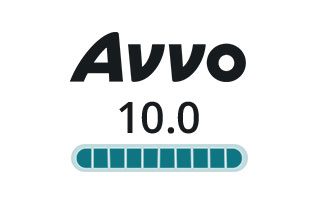When unintentional medication overdoses occur among adults, it’s typically because of either some sort of medication error or a failure on their part to read the accompanying instructions fully.
Unfortunately, statistics show that the phenomenon of unintentional medication overdoses is not limited to adults, occurring with startling regularity among children. Indeed, roughly 70,000 children are brought to emergency rooms across the U.S. every year for treatment for these accidental overdoses.
According to the American Academy of Pediatrics, the primary causes of these unintentional medication overdoses among children aren’t necessarily prescription errors or failures by their parents to read the instructions fully, but rather inconsistent labeling instructions, abbreviations and measuring devices.
Specifically, the AAP blames the all-too-common problem of prescription labels and literature using inconsistent abbreviations (mL, ML, cc, ml, etc.), or accompanying dosage devices using altogether different measurement standards like teaspoons.
In order to reduce these staggering numbers relating to unintentional medication overdoses among children, the AAP has recommended some of the following:
It will be interesting to see whether these recommendations are ultimately embraced by providers and manufacturers going forward. Given that such influential groups as the US Food and Drug Administration, the American Medical Association, and the Institute for Safe Medication Practices have made similar proposals, it appears that we might soon see the kitchen spoon disappear from medicine cabinets.
What are your thoughts on this proposal? Have you encountered any of these issues?





Leave a Reply